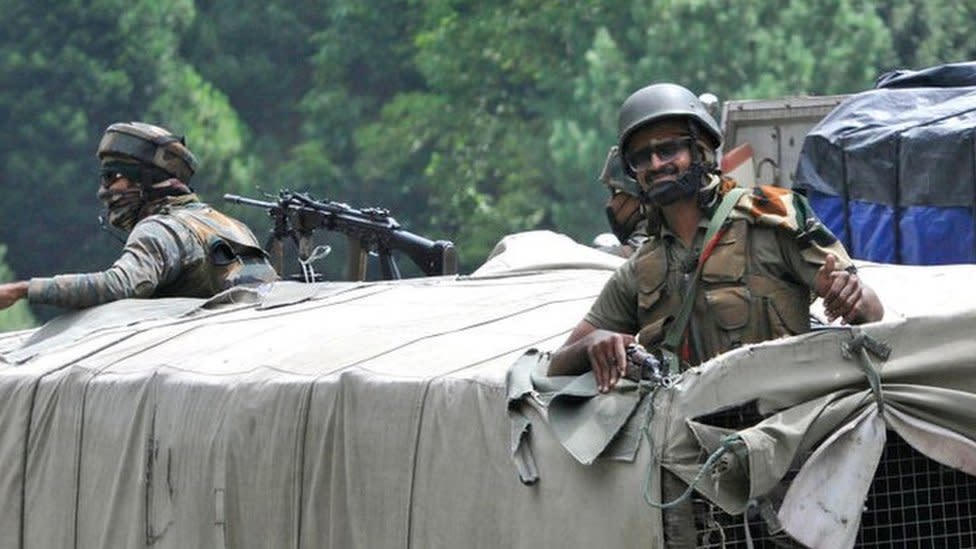
India and China have completed the withdrawal of troops from part of their disputed Himalayan border, said a joint statement issued by the Indian Ministry of Defense.
Soldiers completed the evacuation of the Pangong Tso Lake area on Saturday, according to the statement.
Conflicts at the poorly marked border resulted in the death of 24 soldiers last June.
Both sides say they will work to reduce tensions in other parts of the border, or Royal Line of Control.
China and India announced their intention to withdraw forces from the lake area on February 11, and the commanders met on Saturday to assess how the operation was going.
“The two sides positively assessed the smooth conclusion of the withdrawal of troops from the front lines in the Lake Pangong area, noting that it was a significant step that provided a good basis for resolving other outstanding issues throughout the LAC in the Western Sector,” said Sunday’s statement.
Commanders held nine rounds of negotiations to reach this stage.
The statement acknowledges that other parts of the border remain tense and hopes to continue negotiations.
“The two sides agreed to follow the important consensus of their state leaders, to continue their communication and dialogue, to stabilize and control the situation on the ground, to press for a mutually acceptable resolution to the remaining issues in a constant and orderly manner, in order to together maintain peace and tranquility in border areas. “
Before the complete withdrawal around Lake Pangong Tso, troops on each side were deployed on the north and south coasts in territory claimed by both sides.
Months of tension have heightened fears that the continued deployment of thousands of soldiers in the Ladakh region and the Aksai Chin administered by China could lead to growing conflict.
India and China have been in a border dispute for decades and went to war in 1962. The border is 3,440 km (2,100 miles) long and ill-defined.

Rivers, lakes and snows along the border mean that the line can change, bringing soldiers face to face at many points, generating confrontation. The two countries, however, have a long-standing agreement not to use weapons or explosives along the border.
In January, soldiers on both sides were injured in a clash in the northeastern Indian state of Sikkim.
Twenty Indian soldiers were killed in the June clash, which took place in the Galwan valley. China admitted two days ago that four of its soldiers died in the clash. The weapons used allegedly included stones and studded clubs.
China said the incident involved “fights”.
